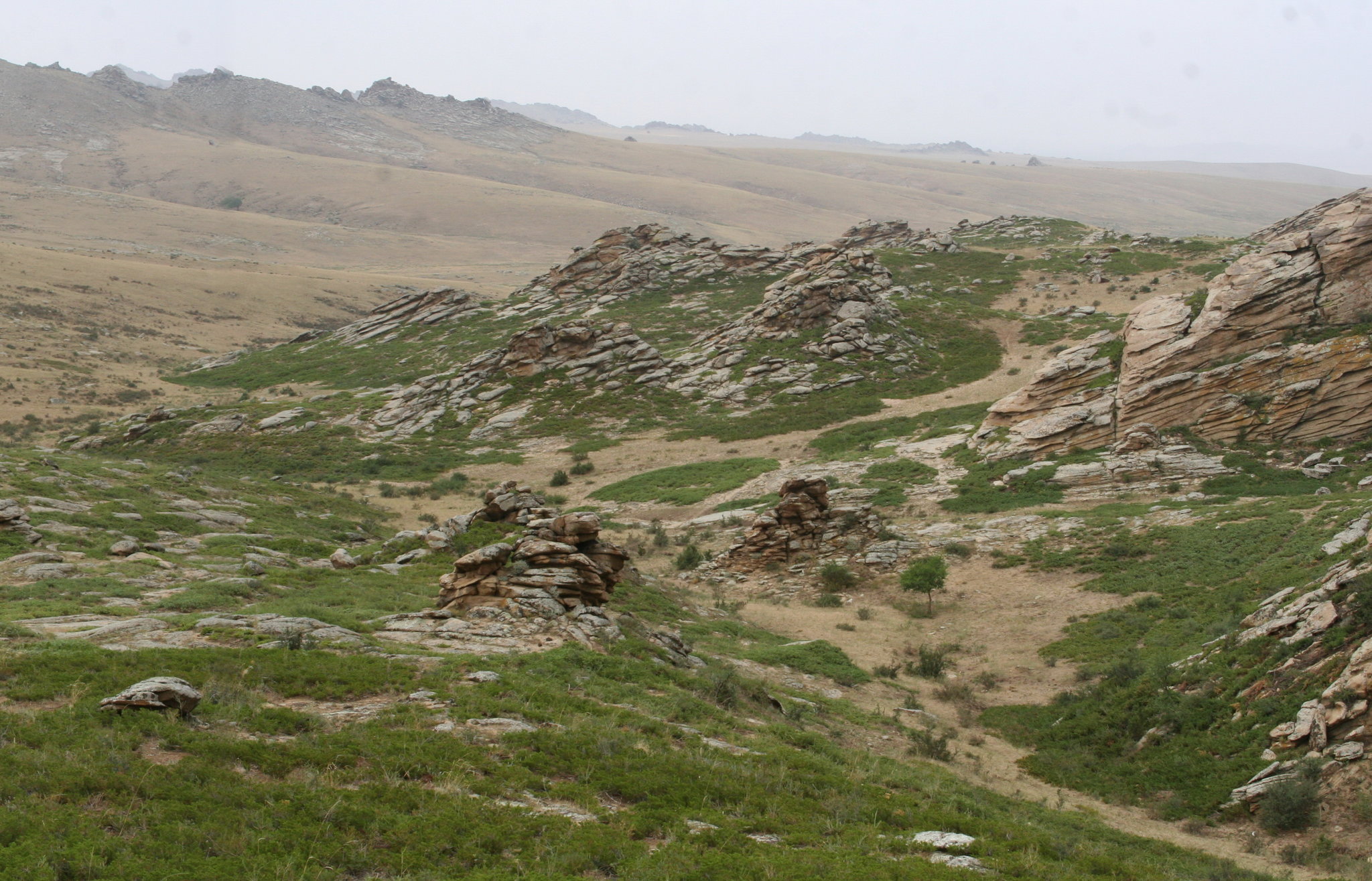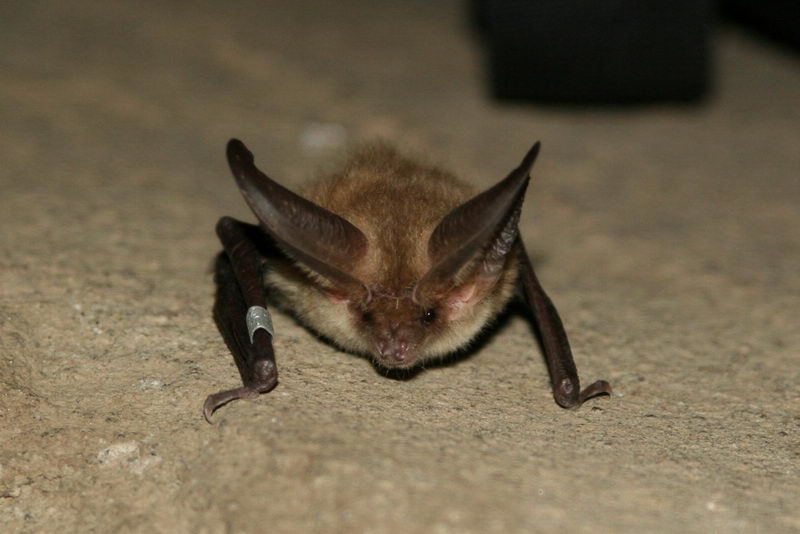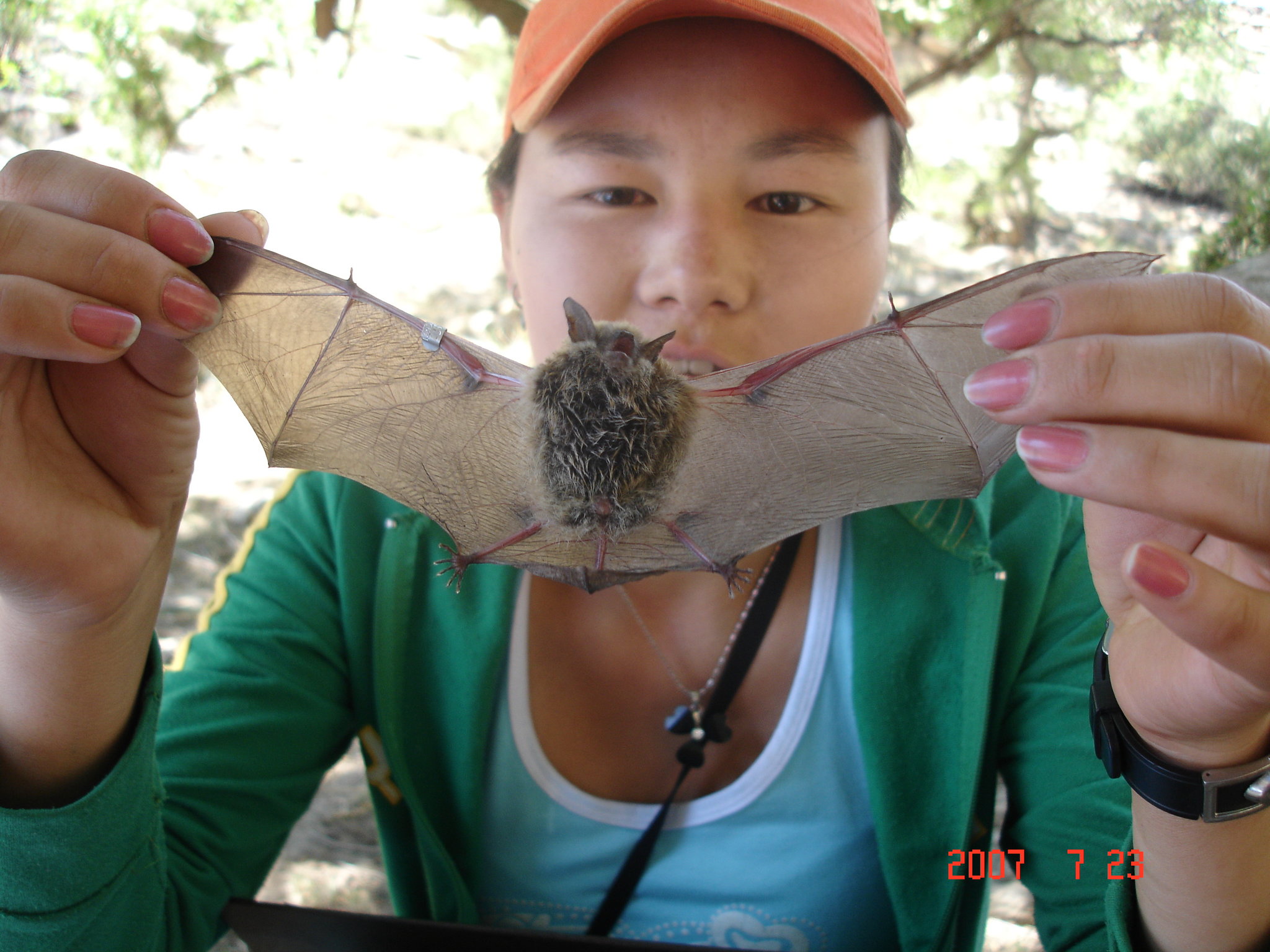Bats in the steppe may need more water
Bat conservation is at a very early stage in Mongolia due to a lack of capacity, the necessary basic ecological knowledge, and limited awareness of bats. Our initial fieldwork convinced us that the bats of the steppes habitat require particular attention in Mongolia because increasingly frequent droughts and the looming specter of global warming could have a devastating impact.
Mongolia is changing. Traditional land uses and the lifestyles of nomadic herders are being pushed by political, economic and climatic changes into a still-uncertain future. Poorly planned and unmanaged rural development increasingly threatens our country’s ecosystems and biodiversity. The government is taking steps toward protecting wildlife, but the conservation is hampered by a severe lack of data about the status of most species.
In summer of 2007, with the help of a small grant from Bat Conservation International’s Global Grassroots Conservation Fund, our team of biologists completed the field study focused on bats of the steppes – a pilot project to evaluate the possibility of a long-term monitoring program.

The immediate goals of our project were to collect preliminary information on the bat species diversity, population size and habitat preferences of resident bat species and to identify conservation threats to these bats.
We captured bats in mist nets at four diverse sites in the Erdenesant region of central Mongolia. The area is characterized by a chain of narrow mountain ranges surrounded by the arid plains. A small lake dries up in drought years. The area has no forests, but elm trees sometimes grow along dry riverbeds.
We captured a total of 108 bats at all four locations within two weeks. These included five species representing four genera, none of them listed as endangered or threatened on the IUCN Red List. The most common species, with 41 captures (38 percent of the total), was the brown big-eared bat (Plecotus auritus). The other species included: the particolored bat (Vespertilio murinus) with 23 individuals; Eurasian whiskered myotis (Myotis mystacinus) with 22; Gobi big brown bat (Eptesicus gobiensis) with 13; and 9 individuals of the Asian particolored bat (Vespertilio superans).
We saw no obvious threats to bats, except for unreliable water supplies. Wells, small water containers for livestock and the small, salty lake were the only sources for bats and other wildlife. The good news is that local herders consistently told us that they had no problem with bats, so human disturbance is probably minimal in Erdenesant.

We have very limited information on bats’ habitat use across Mongolia, but nearly half of known bat species in the country have been recorded in water-short, arid areas such as the steppes. These populations are especially threatened by unreliable water sources. All species we trapped in Erdenesant were using hand-dug wells for water. But water supplies of those wells were low, dry or nonexistent in three of our four survey sites.
Our initial fieldwork convinced us that the bats of the steppes habitat require particular attention in Mongolia because increasingly frequent droughts and the looming specter of global warming could have a devastating impact on bats.

